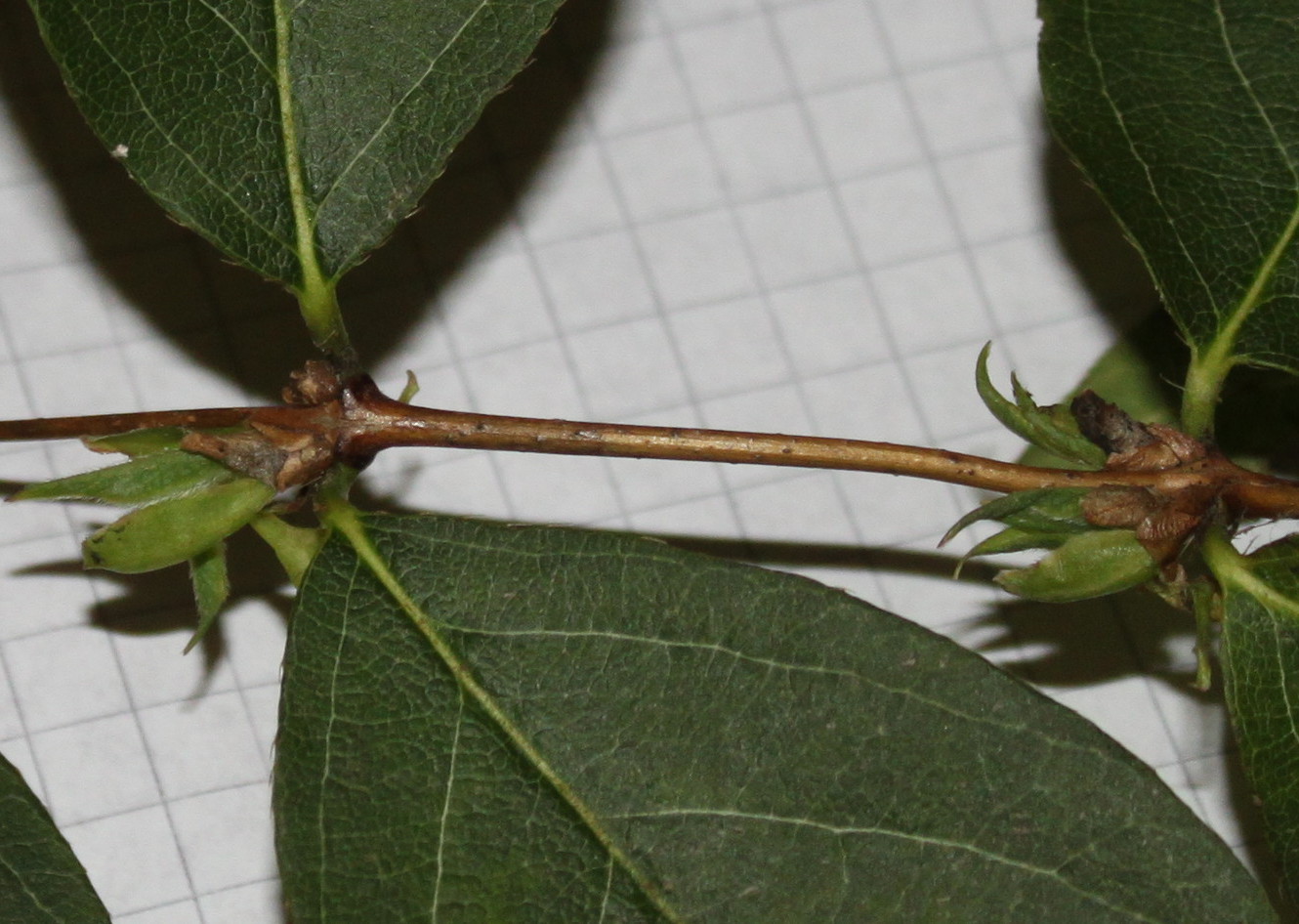Search
Login
Recommended
Decorative plants in the winter. Bright winter in the garden
Winter is a period when everything around becomes monotonous and dull. The garden outside the window I want to change a little and give bright colors. Is it possible? Our answer is yes, there are many plants thanks to which the garden will really stand out among the winter greyness. Check out the most interesting ornamental plants that can decorate the winter garden.
Content:
- Shrubs with twisted branches
- Branches of decorative coloring
- Winter greenery
- Fruit plants
- Flowering decorative plants in winter
- Decorative herbs video
Shrubs with twisted branches
Some shrubs after falling leaves do not lose their attractiveness, their twisted branches will completely decorate the garden. Among them, we note the hazelnut of Kontorta (common hazel) and Willow Manchurian.
Hazel Contorta is a very unpretentious tree, grows beautifully in the sun and partial shade, prefers alkaline soil, in winter the shrub is very effective - brown branches are almost curly, and edible fruits, an additional advantage of hazel.

Willow Manchurian is a small tree with twisted spiral branches, the branches have an olive hue, sometimes red from the side of the sun. Willow prefers sunny areas or partial shade, permeable soil, neutral or slightly acidic.

Branches of decorative coloring
Decorate the garden not only twisted, but also colored branches. The most famous plants of this group with red stems are white dogwood, maple duneiform and white willow, Midwinter Fire dogwood is bright orange in color, and the willow is purple with purple branches.

Birch is not only white, but also with a blue tint (Blue birch). The gray color of the bark is not so boring if it is Liquidambar resinous, its bark is gray, but with an unusual structure, and as a complement to the gray color, the red leaves that stay on the tree up to - 10 C. Unfortunately, the liquidambar does not tolerate prolonged frosts, the tree successfully grown in the south of the country.

Winter greenery
In summer, your garden will turn green if you plant trees and shrubs with evergreen leaves, such as boxwood, PJM rhododendron, laurel, Kalina Burkwood, euonymus, holly. The plot and conifers in various shades of gray and green, such as yew, juniper, dwarf spruce, thuja, pine, will come to life.
Blue and white spruce, Japanese larch of the Blue Dwarf variety become almost blue during frost, but when trees are planted in a shady area, they lose their unusual color. Golden - yellow needles in juniper Golden carpet, yew Fastigiata Aurea, thuja eastern Aurea Nana.

Fruit plants
On many shrubs and trees, after the leaves fall, bright fruits remain for a long time, such plants should be in the garden not only for aesthetic reasons, the berries will attract birds to the garden, and later the birds will help in the destruction of pests.
The most noticeable color of the berries is red, these are the plants of Pyracantha bright red and the cotoneaster Coral Beauty. Thunberg's barberry is very popular, a thorny shrub up to 2 m in height, ideal as a green hedge and undemanding in cultivation. In addition to red berries, the pyracantha of the Orange Glow variety produces orange fruits; in Aurea, the berries are yellow.
Blue berries in Magonia the holly, purple fruits gives the plant a beautiful fruit. Beautiful fruit tree is rarely found in our gardens, probably due to low frost resistance, but its berries are not eaten by birds, which attracts gardeners of the southern regions.

Flowering decorative plants in winter
Less commonly, in winter we see flowering plants suitable for growing in our climate. One of these plants is black hellebore, this plant blooms in December at temperatures up to -8 ° C. Another December plant, a chemant shrub, is almost unpretentious and blooms with pale yellow fragrant flowers.

White flowers with a strong aroma of Honeysuckle Purpus appear in January, the plant reaches 2 m in height, is picky about the soil. In February, yellow flowers of witch hazel Mollis blossom, witch hazel Elena blooms from December to February. Jasmine is a hollow-flowered, another interesting shrub, under favorable conditions, its yellow flowers bloom before the leaves in late February - early March.

Dogwood for men portends the end of winter, blooms in early spring with yellow inflorescences, before the flowering of other plants. Dogwood is not picky and hardy, the fruits are edible. Gardeners in areas with a mild winter climate can grow silver acacia (mimosa), it will become the main decoration of the winter garden and give a unique aroma, the tree reaches 10 m in height, can withstand a little frost (up to - 12 C), tolerates drought and loves the sun.

Decorative herbs
Speaking of plants revitalizing the winter garden, I would like to note the evergreen herbs. Sedge Variegata is especially expressive due to green leaves with white stripes, the shrub reaches 20 cm, recommended partial shade planting, grows well under trees and on the shore of a pond.
Pampas grass reaches 2 m in height, in the autumn magnificent panicles of pink, white or yellow appear and retain decorative value throughout the winter. The grass does not tolerate severe frosts, a good shelter of the roots of 20 cm with a layer of peat or sawdust is required, prefers sunny areas.






